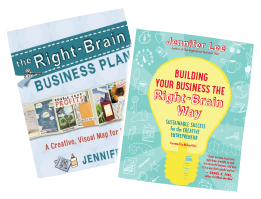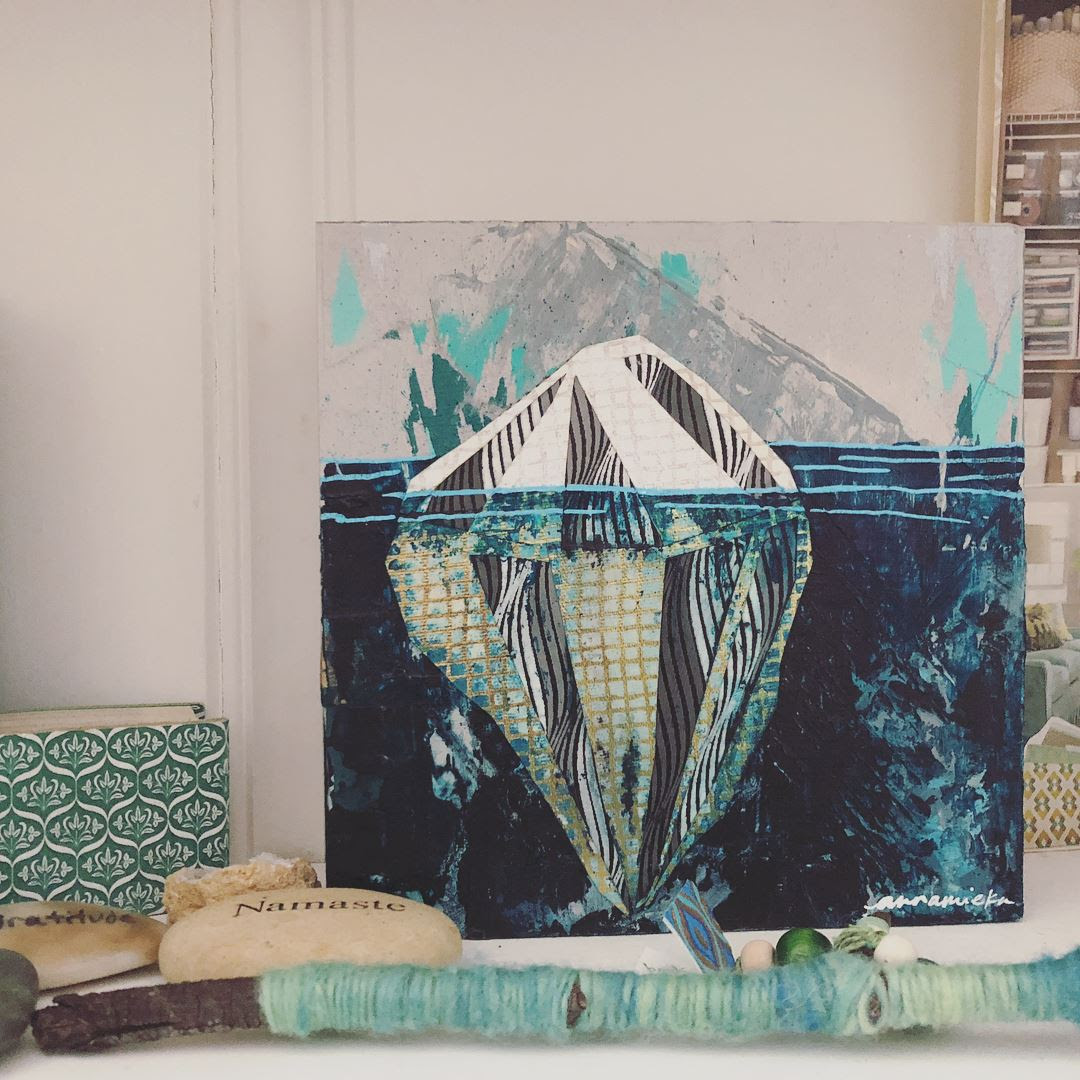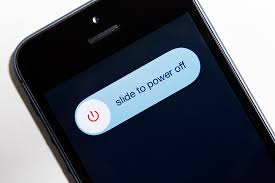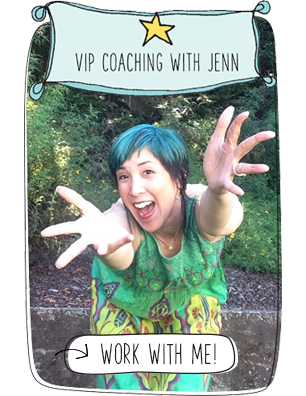
Growing up I was a “good girl” – you know… nice, quiet, polite. I shied away from rocking the boat, dominating a conversation, or speaking up when something felt off. Being the youngest in my nuclear and extended family I dutifully tagged along with what everyone else was doing even when I was upset or uncomfortable.
Even as an adult, I admit that I still find it challenging to assert myself in the moment and I worry waaaay too much about being nice/liked/proper. Perhaps you relate on some level?
In my 15+ years of working with creatives and heart-centered folks, I’ve seen how often we tend to minimize anger by saying we’re merely frustrated or annoyed when really we are seething with rage, especially if we’ve let it build up over time.
Rage about a passive-aggressive comment a colleague made because they didn’t have the courage to say what was really on their mind. Rage about someone copying your creative work or a co-worker taking credit (again!) for something you did. Rage about a client giving you the run around when they owe you a final payment for a project you just delivered with all your heart. Rage about injustices in the world, and the list goes on.
Sure, anger can feel scary for a number of reasons (it seems unsafe, out of control, or too bitchy) AND it can be a catalyst for action and transformation, it can lay the foundation for clear boundaries, requests, and communication, and it can be a powerful rallying cry that helps you find your right peeps.
For creative business leaders, anger is an often untapped yet extremely valuable resource.
So, what has you seeing red?
Here are a few prompts to get you going:
- What really pisses you off because it feels unfair, insensitive, or just plain wrong?
- What are you constantly (and angrily!) complaining about because you wish it were done differently? Remember, complaints are usually requests in disguise.
- What seems totally broken to you but no one is talking about (argggh!!!!!)? Or maybe there’s lots of talk but no action and that makes you even madder (ARGGGH!!!!)
- Who tends to trigger you? What are they doing and/or saying when you sense your skin crawling?
Journal your thoughts and see what themes or ideas begin to emerge.
You could discover clues to a manifesto that helps to crystalize what you are taking a stand for in your business or the messaging for a new offer. I get mad when I hear very authoritative, arrogant figures lecturing (and boasting – ew!) about how things “should” be done as if that is the one and only way. And I get even more upset when I see the confusion, overwhelm, and shame creatives experience when they then think they’re doing it all “wrong” and are failures. You can see how that inspired the work of the Right-Brain Business Plan ;).
Or perhaps you find the words to better articulate your company policies or guidelines so that you have clearer agreements and boundaries. For example, a few years ago I wrote up a page to explain what people can and can’t do with my materials after we found several unauthorized uses of my work and had received lots of well-intentioned but overreaching requests because people didn’t understand copyright or Intellectual Property.
Maybe you find the courage to speak your mind to a group of friends, colleagues, or even family members and give them feedback about how something landed with you. It may ruffle feathers at first, you may need to deal with some messy fallout, and you just might create deeper trust and connection in the long run.
Let anger be your ally and advocate
In order to transform anger into an ally and advocate, make sure you’re able to identify what is going on for you and take conscious action.
- Become aware of what anger feels like in your body so that you can easily identify it as it arises. Does your skin feel prickly? Your belly tense? Do you clench your fists or jaw? Does your temperature or heart rate go up? Do you feel like screaming at the top of your lungs?
- Articulate what exactly you’re angry about. What core value of yours has been violated? What boundary has been crossed? Sort through what’s yours to own and what needs to be cleared up with the other party. That’s much healthier than blaming and putting it all on the other person (she made me soooo mad!)
- Ask yourself how anger can be your ally. How can your anger provide support and be in service of healing and growth? What is the message it has for you? And what other allies can you enlist to help you take on the issue so you don’t have to go it alone?
- Advocate for what you believe is right. Speak up in order to make change. Give voice to the unspoken. Be willing to say the thing no one is willing to acknowledge. This all requires tremendous courage. Thankfully, the fiery energy of anger can help you access the boldness and bravery needed to take a stand!



 Like many great innovators, Cass Mullane has the unique combination of being a strong creative as well as a strategic thinking MBA. After departing the corporate world in 2004, Cass built a thriving business and personal coaching practice that focuses on accountability and specializes in solid business skills for right brainers and creatives. Tapping into this whole brain approach has helped to make Cass a highly valued coach with an international clientele.
Like many great innovators, Cass Mullane has the unique combination of being a strong creative as well as a strategic thinking MBA. After departing the corporate world in 2004, Cass built a thriving business and personal coaching practice that focuses on accountability and specializes in solid business skills for right brainers and creatives. Tapping into this whole brain approach has helped to make Cass a highly valued coach with an international clientele.











